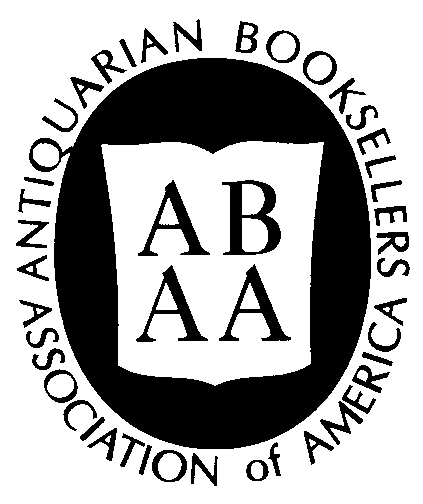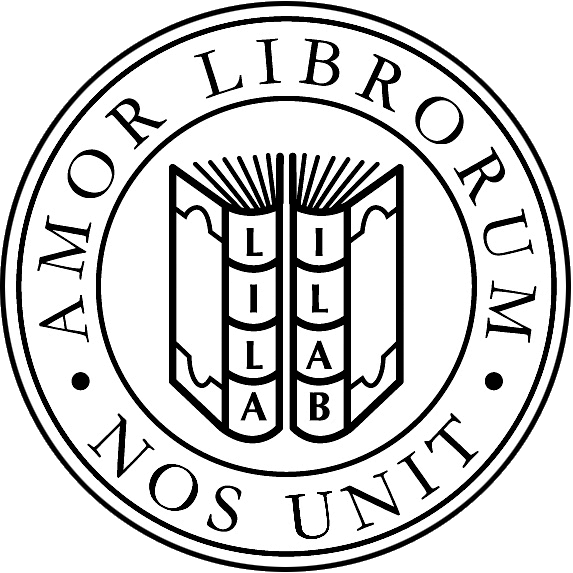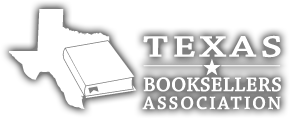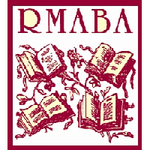Dealer in Rare and First-Edition Books: Western Americana; Mystery, Detective, and Espionage Fiction
Our Barren Lands. The Interior Of The United States West Of The 100th Meridian, And East Of The Sierra Nevadas
W.B HAZEN
Other works by W.B HAZENPublication: Robert Clarke & Company, Printers, 1875, Cincinnati
CUSTER ONCE AGAIN, STIRRING THE POT! First edition. 9 1/4" x 6" in contemporary blue cloth. 53pp. Contents. General Hazen served as an army officer in the trans-Mississippi west after the Civil War as part of the 6th Infantry Regiment of Fort Bliss. The Northern Pacific Railroad had been touting the land from Texas to the Dakotas as suitable for farming. That was based on their experiences in the early 1870s, and reports from Custer on abundant grass during his expedition in 1873. Hazen had been stationed in the West for many years, before and after the Civil War, and criticized those who were merely passing through the lands, such as Custer in 1873. General Hazen was aware that this was an unusually wet period, and that most of the time, the land was far more dry and barren. He was convinced the land west of the 100th meridian was effectively useless for agriculture and wrote letters to New York papers to that effect. General George Custer wrote refuting this, and claiming the lands were fertile. Herein Hazen angrily rebuts Custer, accusing him of "personal interest," and marshals considerable data to support his assertions that the Far West is too arid to support agriculture. Hazen cited details of rainfall, temperatures, and the records of climate experts for a period of eight years. He attacked Custer’s arguments one by one and mustered a letter from General Alfred Sully declaring the land of Dakota to be "high, dry, . . . unfit for cultivation." He also refers to articles in the Bismarck Tribune in which the editor promises great production from local small farms and gardens. One of those gardeners was Colonel Lounsberry, editor of the Bismarck Tribune, who hired a horticulturist from Minnesota to manage his twenty acres and planted "200 raspberry plants, 100 currant bushes, a large number of Hyslop and Transcendent crabs, white willow cuttings, etc." (Bismarck Tribune, 15 April 1874) Hazen asserts that Lounsberry harvested only 20 bushels of potatoes that year and others had even worse crops. Hazen concluded that "at Bismarck and in this vicinity, in spite of all the puffs and poetry of sanguine writers, the hard, naked fact remains, that it cannot raise anything like a supply even of vegetables – which, for the daily market, are being brought from the Red River, two hundred miles away. . . ." (p. 24 – 25) This 1875 edition of his book provides information from the military and civilians concerning typical arid conditions of this land. Spine lightly faded. Library Ink stamp on title page, library ink stamps in margins of four pages, else a very good, tight and clean copy. Tiny name stamp of Joyce and Gene Gressley at top of front free fly leaf. Gene M. Gressley, former Director, Western History Research Center, University of Wyoming, Laramie, Wyoming and the author of several books on the history and development of the American West. A very important and rare pamphlet.
Inventory Number: 50959













